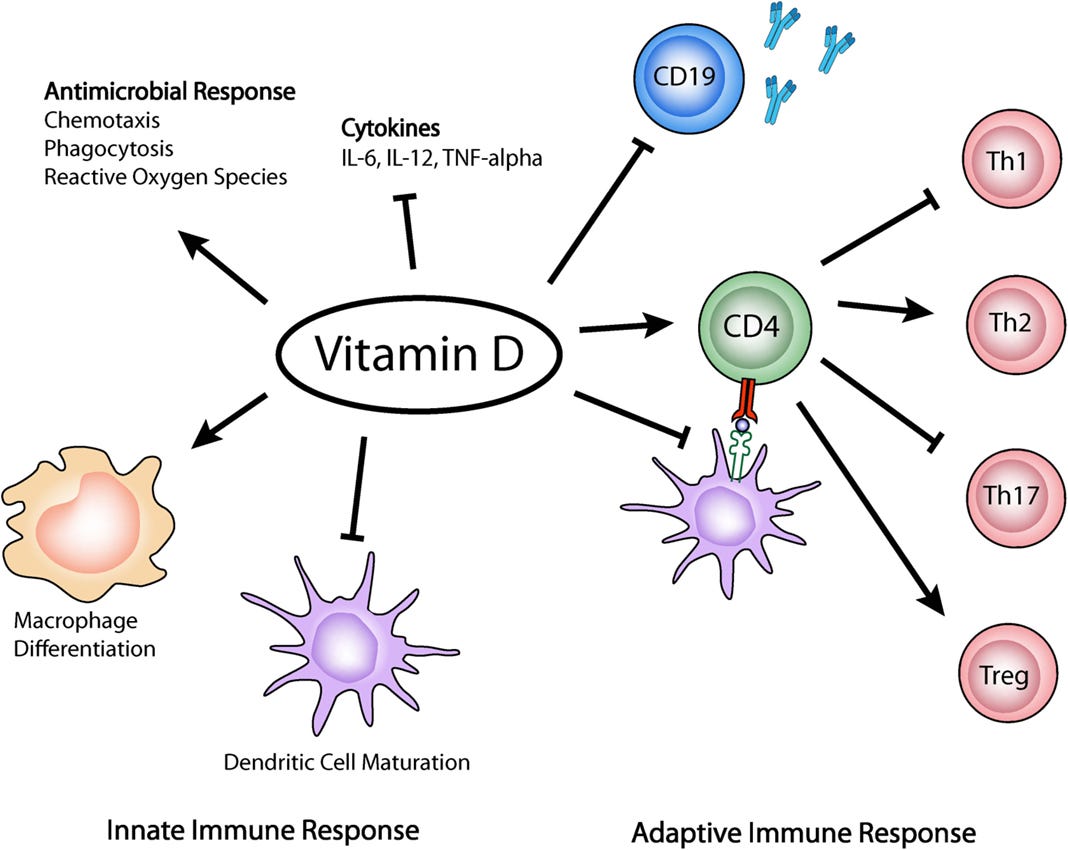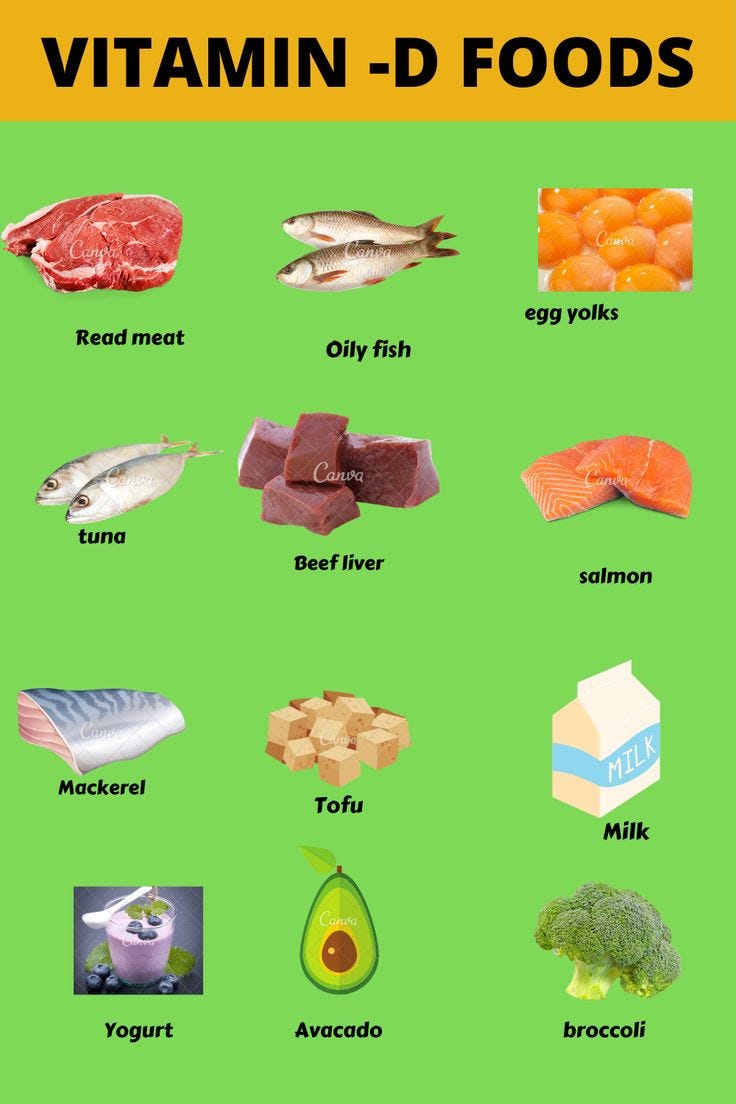
Vitamin deficiencies can, and do, occur on a global scale. It is also true that several factors contribute to deficiencies; populations with complex social and economic circumstances can have insufficient nutrient intakes, due to poor consumption of nutrient rich foods (Shergill-Bonner, 2013). However, environmental factors also play a significant role in the acquisition of nutrients, such as sunlight for the development of vitamin D (Chaplin & Jablonski, 2013). If sunlight is a major source for vitamin D, how do communities living in northern hemispheres, known for poor durations and intensities of sunlight, acquire adequate amounts of vitamin D? Specifically, is vitamin D supplementation always necessary? In the following sections, I would like to present a case study of Scotland, as a means of exploring the aforementioned questions.

Vitamin D is an important hormone which in its active form (1,25-(OH)2D), also known as calcitriol, generates biological responses by regulating gene transcription and signal transduction pathways in many tissues and organs throughout the body (Chaplin & Jablonski, 2013). Calcitriol is a regulator of calcium production, and has a strong role in the development and maintenance of bone. Calcitriol also has a relationship to immune system function and is believed to be vitamin D’s most prominent role, although further research needs to be completed (Chaplin & Jablonski, 2013). Most importantly, vitamin D is primarily synthesized through sunlight exposure, something that Scotland does not receive in abundance (Chaplin & Jablonski, 2013). Thus, some combination of physiological and cultural adaptations occurred to manage poor sunlight exposure.

It should be noted that two percent of the world’s population lives in northern latitudes similar to Scotland, or approximately 125 million people (Chaplin & Jablonski, 2013). One adaptive characteristic Scottish people acquired, to absorb as much sunlight as possible, was through depigmented skin. Lack of pigmentation allowed maximal penetration of ultra violet-B radiation (UVB) thereby facilitating previtamin D3, which once synthesized, is stored as 25-hydroxyvitamin D (aka calcidiol) (Chaplin & Jablonski, 2013). Through time, such characteristic changes in skin pigmentation have kept some Scots from tanning at all (Chaplin & Jablonski, 2013). Having considered the limitations of sunlight, how might Scots have acquired adequate amounts of vitamin D?

Most people in Scotland derived their vitamin D through animal food, specifically fish (Chaplin & Jablonski, 2013). Scots tended to live along coastal regions during the Holocene (i.e., 11,700 years ago) period, which allowed easier access to water, hunting and fishing (Chaplin & Jablonski, 2013). Whales, seals, cod, herring, and mollusks were some of the primary food choices during this epoch. Moreover, the aforementioned foods were also rich in vitamin D, and daily intake was considered to be good, devoid of serious deficiencies during the Holocene era (Chaplin & Jablonski, 2013). If history indicated that it was possible for societies deprived of sunlight to obtain adequate amounts of vitamin D, why are societies experiencing deficiencies in modern day?

The potato famine of the 1840s marked a devastating, yet predictable effect on Scottish populations; people were forced leave their rural homelands and move into urban regions to seek work. Chaplin & Jablonski (2013) stated that such a change in lifestyle altered exposure to sunlight and food choices, negatively affecting vitamin D intake. People began working indoors further restricting exposure to sunlight, a trait also common in other westernized societies.
Additionally, fish stock declines brought with it, less exposure to vitamin D rich foods; during the 1950s and 1960s, cod and herring stocks, primary sources of vitamin D for Scots, dropped dramatically (Chaplin & Jablonski, 2013). Such an abrupt change brought with it, a condition known as the Scottish Effect; a phenomenon characterized by excess and premature mortality leading to a lower life expectancy (Chaplin & Jablonski, 2013). The condition was associated with a lack of fatty acids, indoor lifestyles, and alcoholism. However, the authors also stated that vitamin D deficiency played a strong role in the effect (Chaplin & Jablonski, 2013). Having considered the effects of vitamin D deficiency, should people supplement?

The intent of providing a brief history of the Scots and vitamin D intake was to show the complex interplay of environment, physiology, cultural proclivities, and economics on the effects of health. It was also my intent to contextualize the deficiency in the hopes of showing that it was and is possible to achieve vitamin D intake, even in the presence of apparent obstacles (i.e., poor sunlight). However, there can be situations such as strong economic downfalls or environmental changes (i.e., the drop in fish stocks), which may make it difficult to find adequate levels of micronutrients from food sources.
Ultimately, when considering supplementation, it would seem prudent to first consider the possibility of achieving intake through natural sources (i.e., sunlight and food) before choosing supplementation. Such a choice provides considerably higher nutrient dense outcomes (i.e. fish provides protein, healthy fats, as well as vitamin D) compared to a singular vitamin, in pill form. However, if an individual has exhausted attempts at acquiring vitamin D through environment (i.e. sun) and food sources, it would then seem reasonable to consider supplementation.
References
Chaplin, G., & Jablonski, N. G. (2013). The human environment and the vitamin D compromise; Scotland as a case study in human biocultural adaptation and disease in susceptibility. Human Biology, 85(4), 529-552.
Shergill-Bonner, R. (2013). Micronutrients. Paediatrics and Child Health, 23(8), 331-336.
-Michael McIsaac
